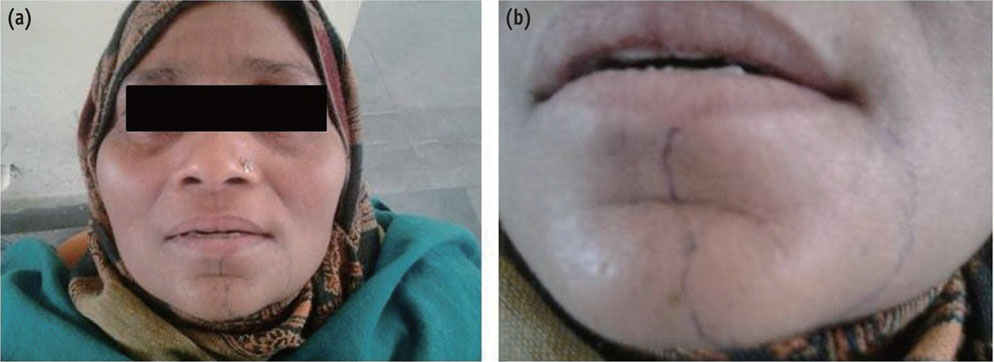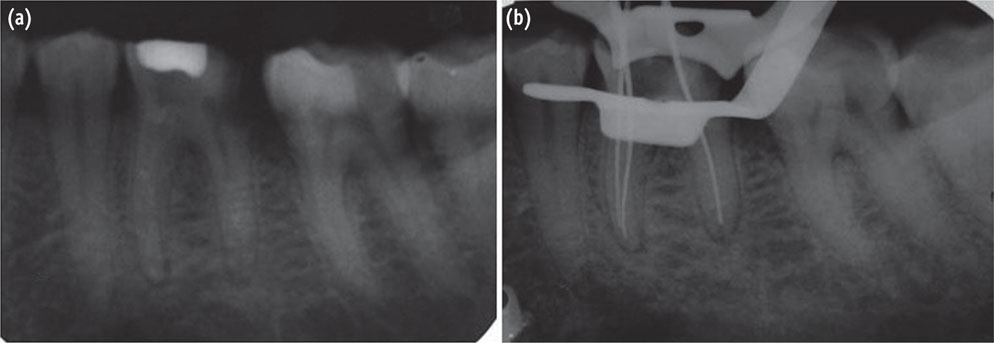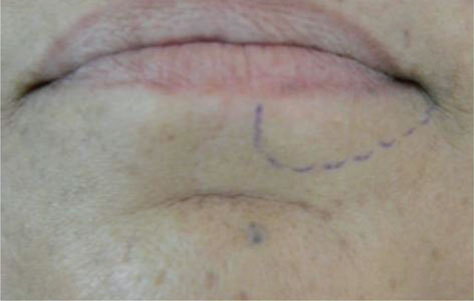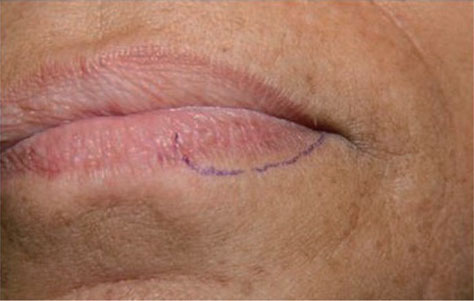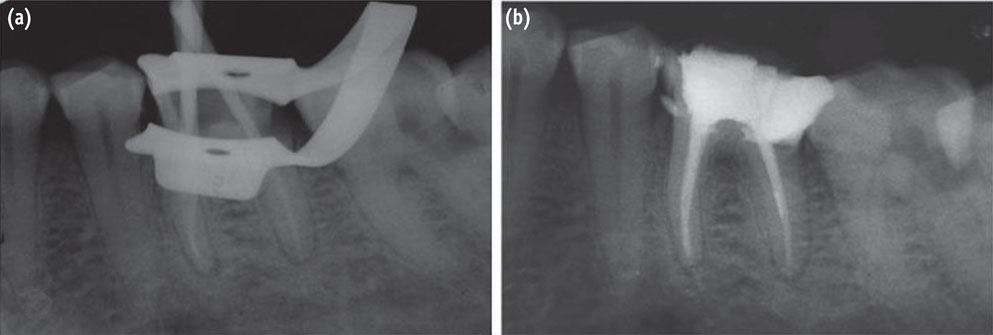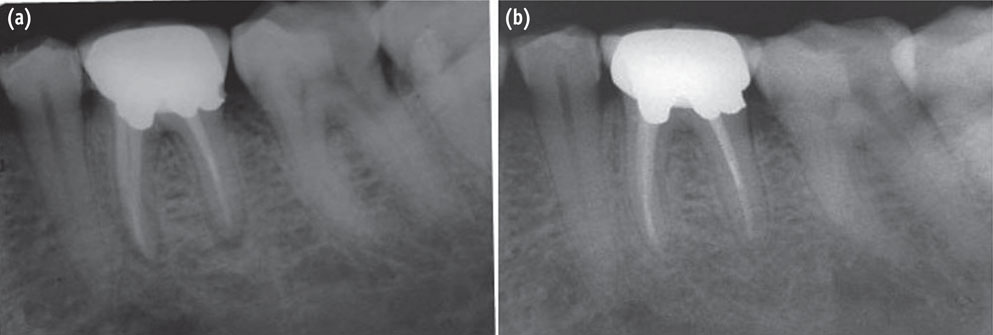Restor Dent Endod.
2014 Aug;39(3):215-219.
Mental nerve paresthesia secondary to initiation of endodontic therapy: a case report
- Affiliations
-
- 1Department of Conservative Dentistry, Dr. Z. A. Dental College, Aligarh Muslim University, Aligarh, India. mukhtarandrabi@gmail.com
- 2Department of Periodontics & Community Dentistry, Dr. Z. A. Dental College, Aligarh Muslim University, Aligarh, India.
- 3Department of Oral Pathology, Dr. Z. A. Dental College, Aligarh Muslim University, Aligarh, India.
Abstract
- Whenever endodontic therapy is performed on mandibular posterior teeth, damage to the inferior alveolar nerve or any of its branches is possible. Acute periapical infection in mandibular posterior teeth may also sometimes disturb the normal functioning of the inferior alveolar nerve. The most common clinical manifestation of these insults is the paresthesia of the inferior alveolar nerve or mental nerve paresthesia. Paresthesia usually manifests as burning, prickling, tingling, numbness, itching or any deviation from normal sensation. Altered sensation and pain in the involved areas may interfere with speaking, eating, drinking, shaving, tooth brushing and other events of social interaction which will have a disturbing impact on the patient. Paresthesia can be short term, long term or even permanent. The duration of the paresthesia depends upon the extent of the nerve damage or persistence of the etiology. Permanent paresthesia is the result of nerve trunk laceration or actual total nerve damage. Paresthesia must be treated as soon as diagnosed to have better treatment outcomes. The present paper describes a case of mental nerve paresthesia arising after the start of the endodontic therapy in left mandibular first molar which was managed successfully by conservative treatment.
MeSH Terms
Figure
Reference
-
1. Zmener O. Mental nerve paresthesia associated with an adhesive resin restoration: a case report. J Endod. 2004; 30:117–119.
Article2. Renton T. Prevention of iatrogenic inferior alveolar nerve injuries in relation to dental procedures. Dent Update. 2010; 37:350–352. 354–356. 358–360.
Article3. Moon S, Lee SJ, Kim E, Lee CY. Hypoesthesia after IAN block anesthesia with lidocaine: management of mild to moderate nerve injury. Restor Dent Endod. 2012; 37:232–235.
Article4. Conrad SM. Neurosensory disturbances as a result of chemical injury to the inferior alveolar nerve. Oral Maxillofac Surg Clin North Am. 2001; 13:255–263.
Article5. Knowles KI, Jergenson MA, Howard JH. Paresthesia associated with endodontic treatment of mandibular premolars. J Endod. 2003; 29:768–770.
Article6. Fanibunda K, Whitworth J, Steele J. The management of thermomechanically compacted gutta percha extrusion in the inferior dental canal. Br Dent J. 1998; 184:330–332.
Article7. Mohammadi Z. Endodontics-related paresthesia of the mental and inferior alveolar nerves: an updated review. J Can Dent Assoc. 2010; 76:a117.8. Morse DR. Infection-related mental and inferior alveolar nerve paresthesia: literature review and presentation of two cases. J Endod. 1997; 23:457–460.
Article9. Pelka M, Petschelt A. Permanent mimic musculature and nerve damage caused by sodium hypochlorite: a case report. Oral Surg Oral Med Oral Pathol Oral Radiol Endod. 2008; 106:e80–e83.
Article10. Linnell JC, Bhatt HR. Inherited errors of cobalamin metabolism and their management. Baillieres Clin Haematol. 1995; 8:567–601.11. Escoda-Francoli J, Canalda-Sahli C, Soler A, Figueiredo R, Gay-Escoda C. Inferior alveolar nerve damage because of overextended endodontic material: a problem of sealer cement biocompatibility? J Endod. 2007; 33:1484–1489.
Article12. Pogrel MA. Damage to the inferior alveolar nerve as the result of root canal therapy. J Am Dent Assoc. 2007; 138:65–69.
Article13. Seddon HI. Three types of nerve injury. Brain. 1943; 66:237–288.
Article14. Becelli R, Renzi G, Carboni A, Cerulli G, Gasparini G. Inferior alveolar nerve impairment after mandibular sagittal split osteotomy: an analysis of spontaneous recovery patterns observed in 60 patients. J Craniofac Surg. 2002; 13:315–320.
Article15. Donoff RB. Nerve regeneration: basic and applied aspects. Crit Rev Oral Biol Med. 1995; 6:18–24.
Article16. Quadros EV. Advances in the understanding of cobalamin assimilation and metabolism. Br J Haematol. 2010; 148:195–204.
Article
- Full Text Links
- Actions
-
Cited
- CITED
-
- Close
- Share
- Similar articles
-
- Delayed paresthesia of inferior alveolar nerve after dental surgery: case report and related pathophysiology
- Multislice computed tomography demonstrating mental nerve paresthesia caused by periapical infection: A case report
- Treatment of paresthesia induced by periapical lesions: a case report
- Paresthesia After Inferior Alveolar Nerve Block and Infiltration Anesthesia for Implant Surgery on Mandibular Left First Premolar
- Accidental injury of the inferior alveolar nerve due to the extrusion of calcium hydroxide in endodontic treatment: a case report

